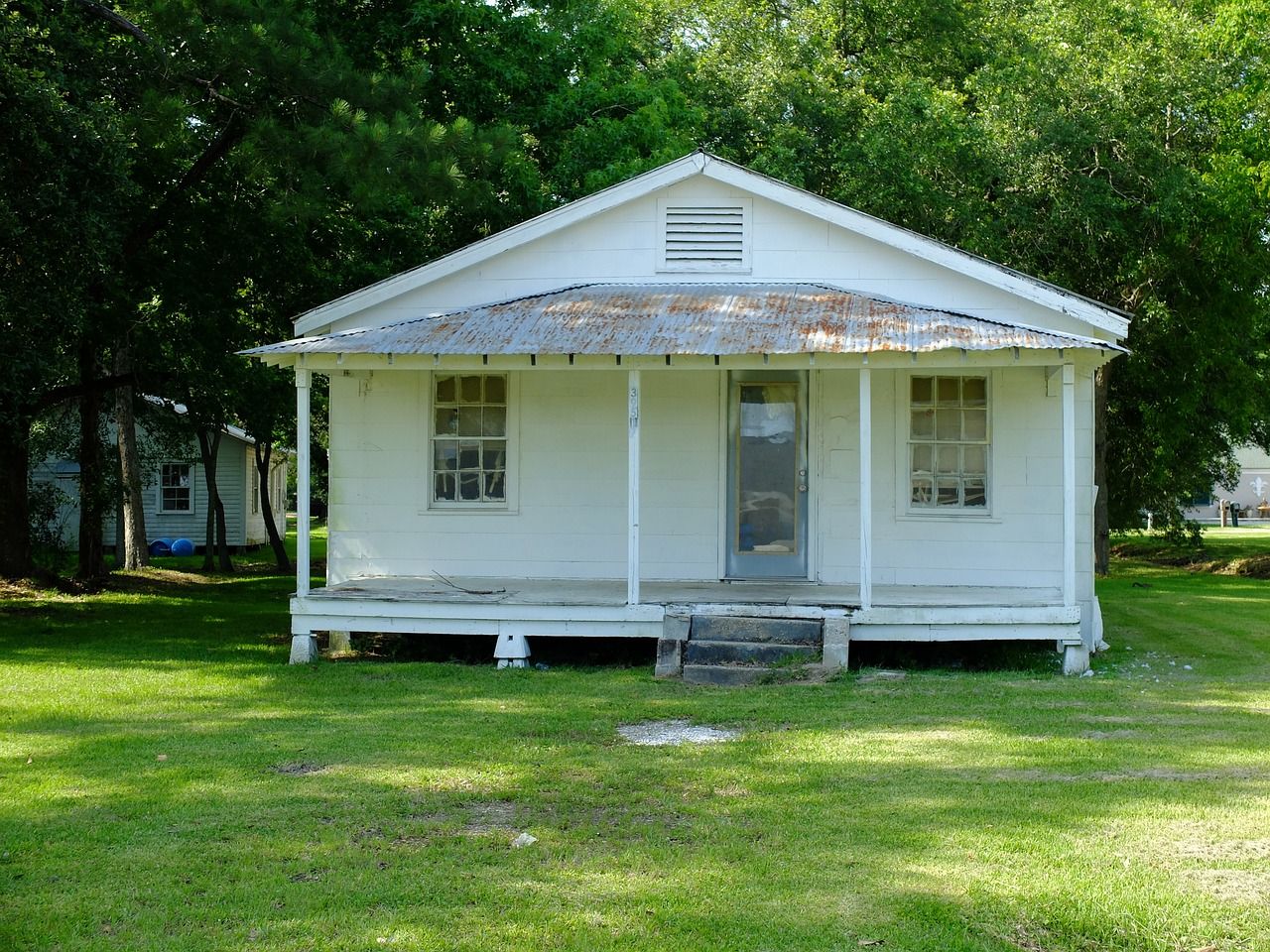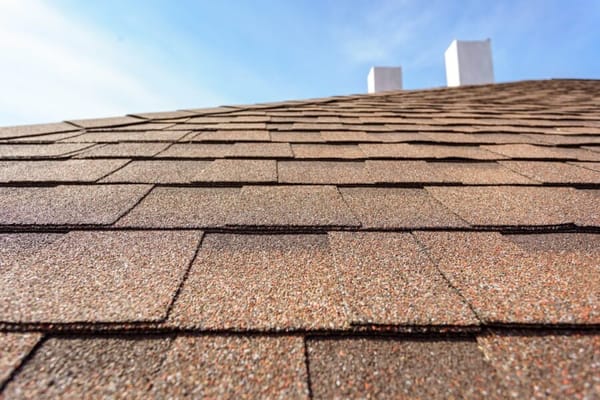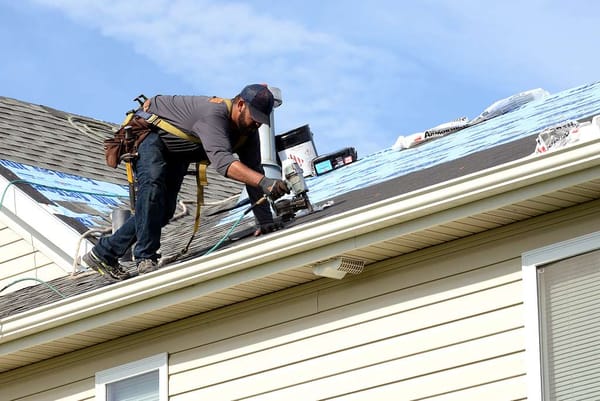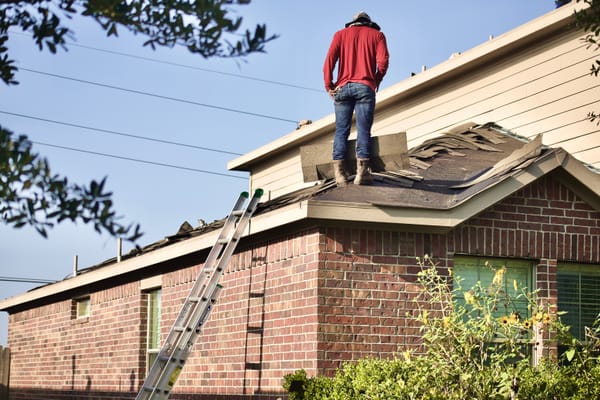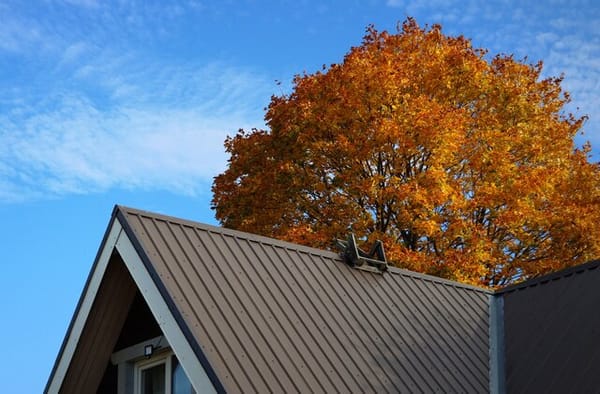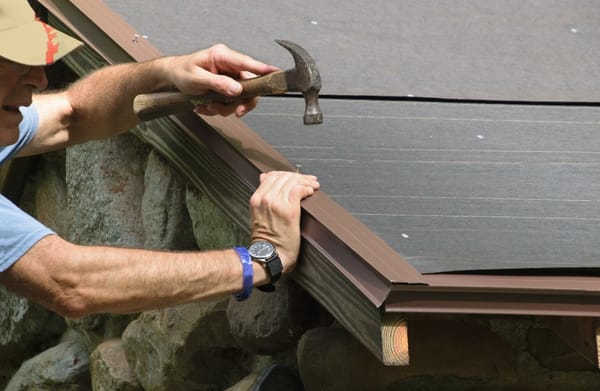Roof pitch is a vital component of any construction or renovation project. It significantly affects the aesthetic appeal, functionality, and safety of a building. One of the commonly used roof pitches is a 2/12 pitch, and understanding its dynamics can greatly enhance your construction projects. This article will provide an in-depth understanding of the 2/12 roof pitch.
What is a 2/12 Roof Pitch?
A 2/12 roof pitch implies that for every 12 horizontal inches (also referred to as the 'run'), the roof's height (known as the 'rise') increases by 2 inches. In simpler terms, the roof inclines 2 inches vertically for every 12 inches it extends horizontally. This ratio provides a gentle slope that is ideal for different architectural designs.
Benefits of a 2/12 Roof Pitch
Easier Maintenance
One of the main benefits of a 2/12 roof pitch is its ease of maintenance. Due to the gentle slope, homeowners can safely walk on the roof to conduct regular checks and perform necessary maintenance tasks.
Economical
This roof pitch requires fewer materials compared to steeper pitches, resulting in lower construction costs. Additionally, it's less labor-intensive, further reducing the overall expenses.
Diverse Styles
A 2/12 roof pitch accommodates a range of architectural styles. It is the go-to pitch for modern designs due to its minimalist aesthetic, and it complements traditional styles as well.
Considerations with a 2/12 Roof Pitch
Despite its many advantages, there are a few considerations when choosing a 2/12 roof pitch. One crucial aspect is the increased potential for water pooling due to the low slope. This can be mitigated with the right roofing materials and proper installation. Membrane roofing, for example, is particularly effective on low pitch roofs as it provides superior waterproofing.
Also, in areas with heavy snowfall, a 2/12 pitch may not allow snow to slide off as easily as steeper pitches. It's essential to consider the climate and weather conditions when deciding on the appropriate roof pitch.
Calculating a 2/12 Roof Pitch
When it comes to calculating a 2/12 roof pitch, it's relatively straightforward due to its simple ratio. If you want to know the roof's height at a certain point, you simply apply the ratio. For example, if your roof extends 24 feet horizontally, you'd multiply the 24 feet by the 2 (from the 2/12 ratio), and then divide by 12. The result will give you the rise of your roof at that point.
Applications of a 2/12 Roof Pitch
Roof pitches, particularly the 2/12 pitch, aren't exclusively reserved for residential properties. They're employed in various building types, including commercial and industrial establishments. Flat or low-slope roofs, such as those featuring a 2/12 pitch, are prevalent in warehouses, factories, and other large-scale buildings due to the cost-effective nature and ease of maintenance.
However, residential buildings can also greatly benefit from a 2/12 roof pitch. For instance, this type of roof pitch is commonly seen in modern, minimalist architecture where simplicity and sleek lines are the primary design goal. It is also a popular choice for porches, extensions, and sheds due to its economic and practical aspects.
Choosing Roofing Materials for a 2/12 Pitch
Selecting the right materials for your roof is crucial, especially for a 2/12 pitch. As mentioned earlier, this roof pitch poses a higher risk of water pooling. Consequently, homeowners need to choose materials designed for low-pitch or flat roofs.
Rubber roofing or EPDM (Ethylene Propylene Diene Monomer) is an excellent choice due to its water resistance and durability. Modified bitumen, roll roofing, and standing-seam metal roofs are also good options for a 2/12 pitch. Remember, it's always advisable to discuss this with a roofing professional who can provide the best advice based on your specific situation.
Importance of Professional Installation
While a 2/12 roof pitch is more accessible and less complex than steeper pitches, professional installation is still crucial. Improper installation could lead to leakages, damage, and a reduced lifespan of the roof. Therefore, hiring a professional roofer who understands the nuances of a 2/12 roof pitch is a worthy investment.
Investing in Regular Inspections
Investing in regular roof inspections is essential for maintaining the condition and lifespan of a 2/12 roof pitch. As the pitch is relatively flat, debris and water can accumulate more easily, potentially leading to damage over time. With routine inspections, any issues can be addressed promptly before they escalate into costly repairs.
The Value of Low Sloped Roofs in Modern Architecture
When discussing a sloped roof, especially those with a modest gradient like the 2/12 pitch, understanding its dynamic is paramount. Low sloped roofs, as the 2/12 pitch typifies, have carved a niche in modern architecture. They are not only aesthetically pleasing but also present fewer challenges during construction and maintenance. While many individuals might be tempted to calculate roof pitch solely based on their aesthetic desires, the structural integrity and durability of the roof are equally essential. The roof's pitch, especially when expressed as a gentle slope like 2/12, provides the advantage of expansive interior space without compromising on water drainage efficiency.
Comparatively, steeper roofs have their merit, especially in areas with heavy snowfall where runoff is crucial. They might dominate the standard roof pitches in such climatic zones, but a 2/12 roof pitch offers a balanced aesthetic in urban setups. When considering materials, it's imperative to remember that a minimum slope is required for certain types like wood shingles. For instance, a mansard roof, with its distinctive steep lower slope and flatter upper section, may not be suitable for wood shingles due to its varying degrees of pitch. The art lies in choosing the right materials for the right roof pitch, ensuring longevity and visual appeal.
Final Thoughts
The subtle incline of a 2/12 roof pitch, or low slope roof, serves as a unique, cost-effective option in the vast roofing industry. This pitch lends itself well to a variety of roofing materials, from rubber membranes to metal roofing, even though it may not be ideal for traditional asphalt shingles that suit steeper pitches better. Whether you're contemplating a flat roof design or considering a more distinctive choice like mansard roofs, understanding and measuring roof slope is crucial.
To measure roof pitch accurately, one must understand that the pitch is expressed as a fraction representing the roof's vertical rise for every 12 inches of horizontal run. This knowledge not only aids in calculating the roof pitch accurately but also helps select the most suitable roofing material based on the roof surface and its pitch.
Despite its gentle slope, a 2/12 roof pitch requires the same degree of professional attention as a steep pitch. The roofing industry continually innovates to offer more efficient and durable solutions for low slope roofs. In such a dynamic industry, staying informed and working with professionals can help homeowners reap the benefits of their investment in a 2/12 roof pitch while ensuring the longevity and aesthetic appeal of their property.

